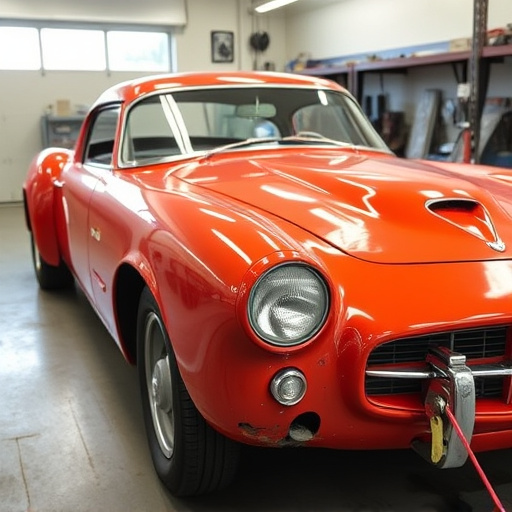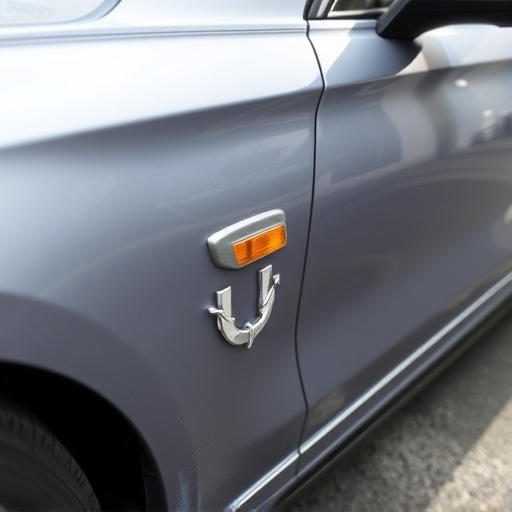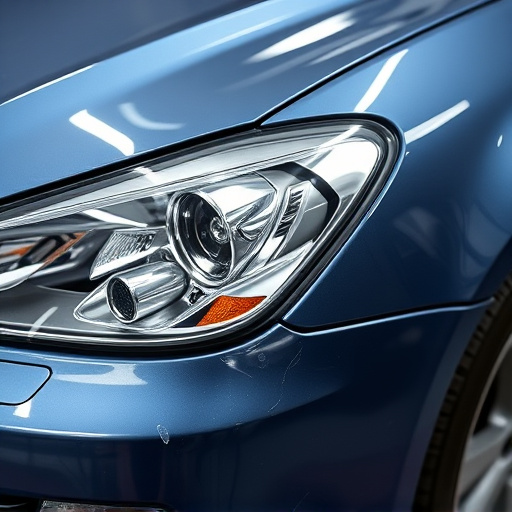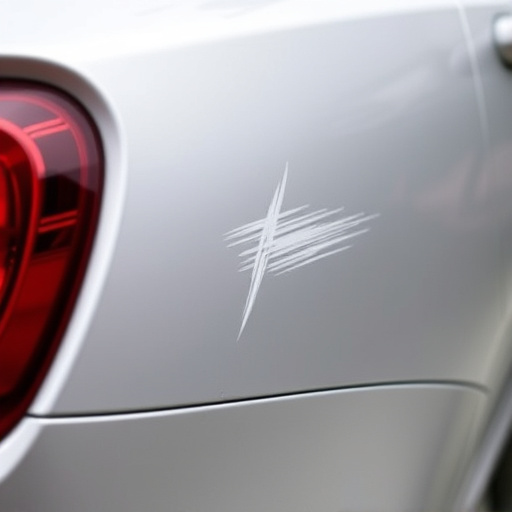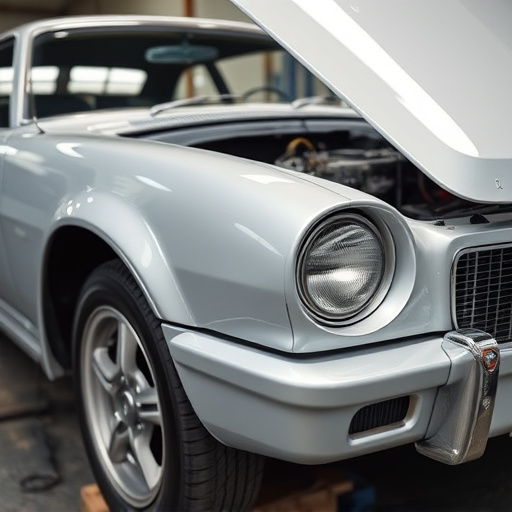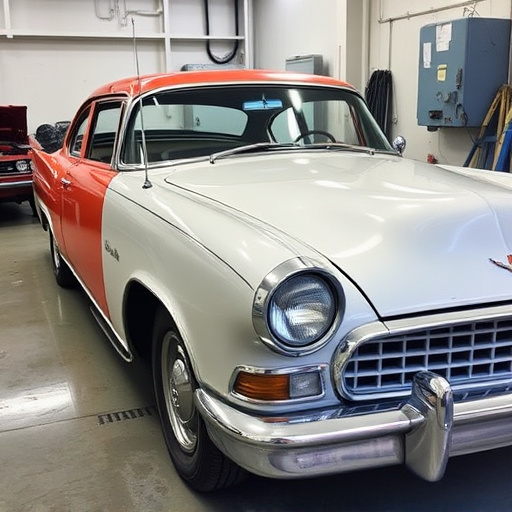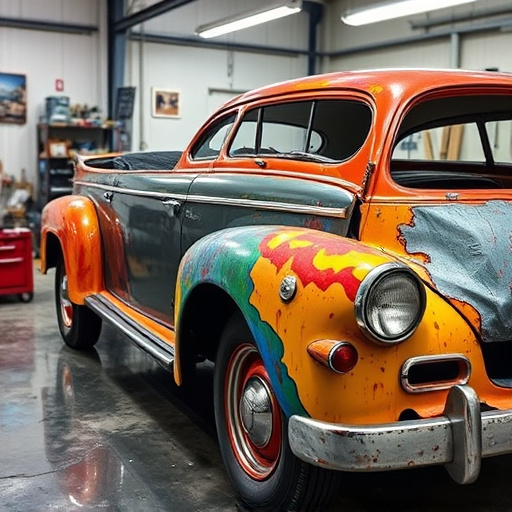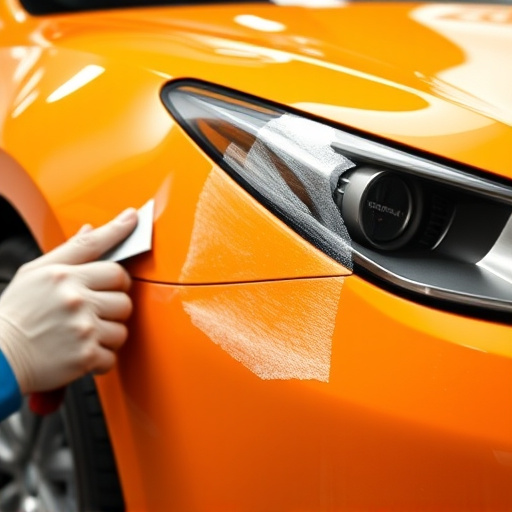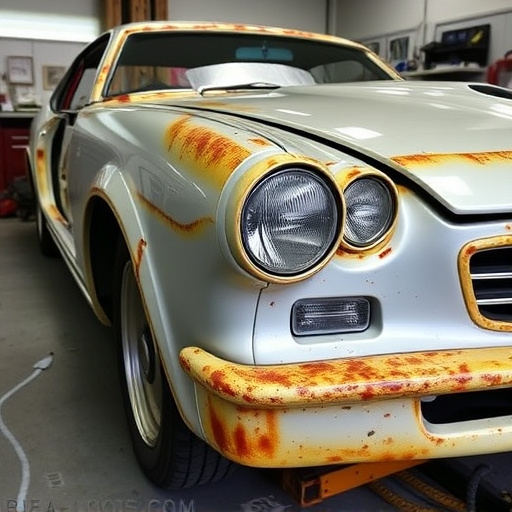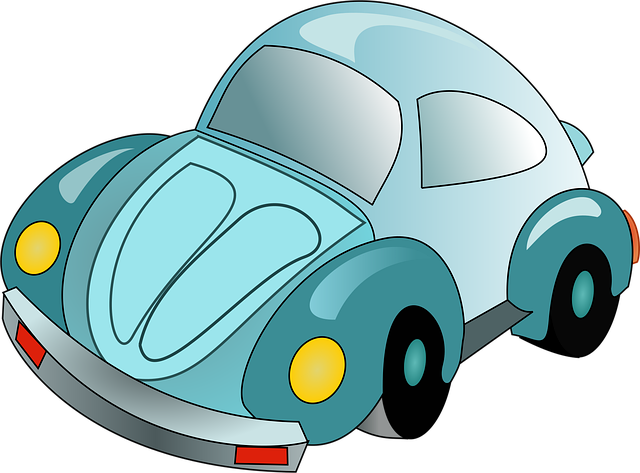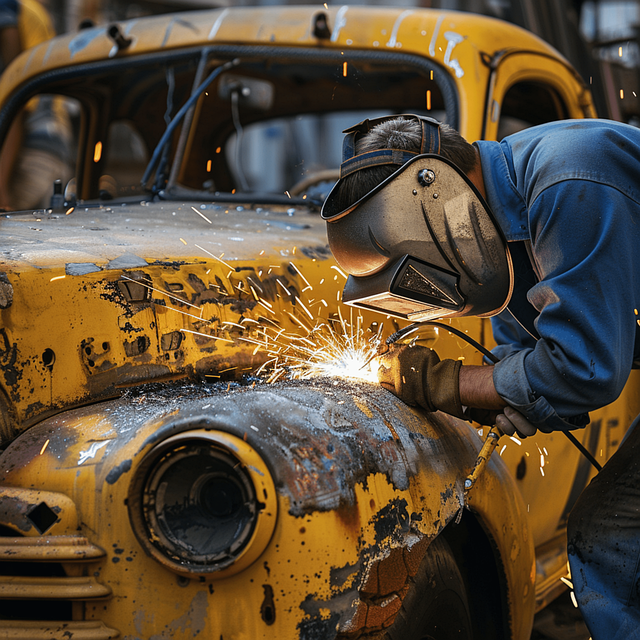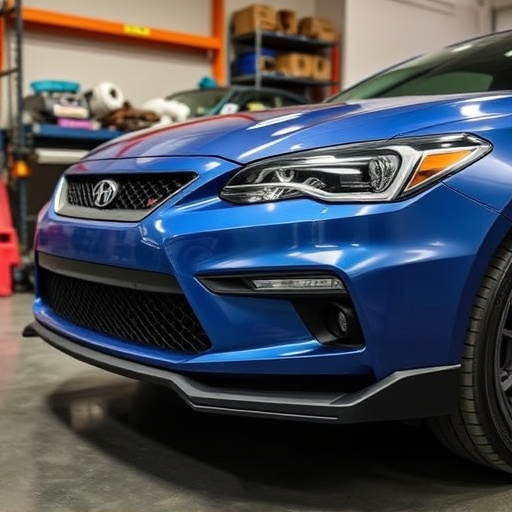Electric and hybrid vehicles present unique challenges for loaner vehicle collision repair due to their advanced powertrains, high-voltage components, and sophisticated sensors. Simple repairs like auto glass replacement require stringent safety protocols near batteries. Specialized training and tools are crucial for accurate alignment and precise repairs, ensuring optimal efficiency and performance. Loaner vehicle collision repair is vital for minimizing disruption to customers' lives during restoration, enhancing overall satisfaction. Reputable centers should dedicate space and resources for dedicated loaner vehicle collision repair, implementing rigorous safety protocols and staff training to differentiate their service.
In today’s rapidly evolving automotive landscape, loaner vehicle collision repair plays a pivotal role, especially with the surge in electric and hybrid vehicles. These advanced vehicles present unique challenges during repairs due to their intricate systems and specialized components. This article delves into the intricacies of loaner vehicle collision repair for electric and hybrid cars, exploring best practices to ensure safety and efficiency. From understanding specific repair complexities to implementing streamlined processes, we provide a comprehensive guide for optimal outcomes.
- Understanding the Unique Challenges of Electric and Hybrid Vehicle Repairs
- The Role of Loaner Vehicles in Collision Repair: A Comprehensive Guide
- Best Practices for Efficient and Safe Loaner Vehicle Collision Repair Operations
Understanding the Unique Challenges of Electric and Hybrid Vehicle Repairs
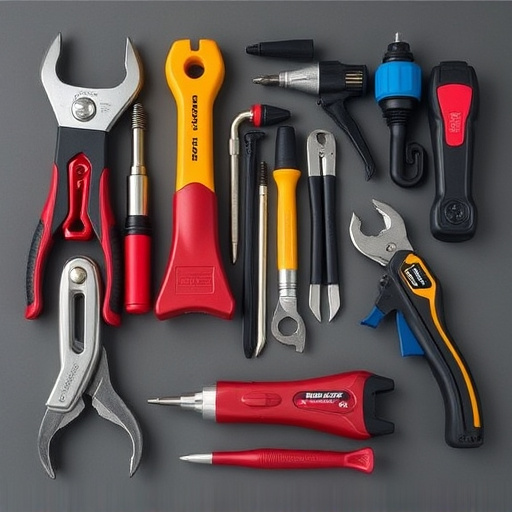
When it comes to loaner vehicle collision repair, electric and hybrid vehicles present unique challenges that demand specialized attention. Unlike conventional internal combustion engines, these advanced powertrains often feature intricate electrical systems, high-voltage components, and complex sensors that must be meticulously handled during the repair process. A simple auto glass replacement in a standard car can become a delicate operation on an electric vehicle, where the proximity to high-voltage batteries requires strict safety protocols.
Moreover, the integration of regenerative braking systems and sophisticated hybrid drivetrains adds complexity to car body restoration. Accurate alignment and precise repairs are crucial to maintain the efficiency and performance of these vehicles. Proper training and specialized tools are essential for technicians engaging in loaner vehicle collision repair for electric and hybrid models to ensure both safety and optimal vehicle restoration, resulting in a seamless return to the road.
The Role of Loaner Vehicles in Collision Repair: A Comprehensive Guide
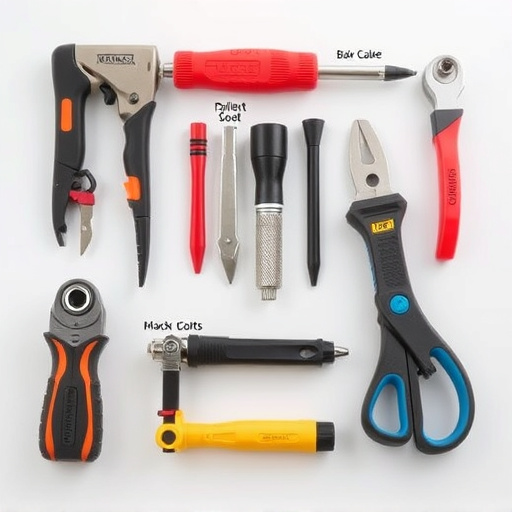
Loaner vehicles play a pivotal role in the efficient and seamless process of collision repair, especially when it comes to electric and hybrid vehicle repairs. These temporary replacement cars serve as a crucial bridge between the time a vehicle is damaged and its restoration to optimal condition. In the context of loaner vehicle collision repair, the primary goal is to minimize disruption to the owner’s daily routine while ensuring top-notch vehicle restoration.
When a car sustains damage, whether from an accident or weather-related incidents like hail damage, the need for automotive collision repair arises. Here’s where loaner vehicles step in. They provide a means of transportation for owners during the repair period, enabling them to continue their daily commutes and other activities without the hassle of relying on public transport or taxi services. Moreover, having access to a loaner vehicle ensures that once the vehicle body repair is complete, the customer can hit the road again in a safe and reliable condition, enhancing overall satisfaction with the collision repair service.
Best Practices for Efficient and Safe Loaner Vehicle Collision Repair Operations
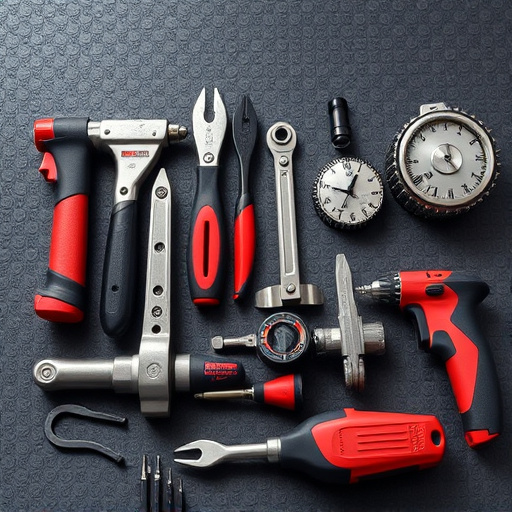
Efficient and safe loaner vehicle collision repair operations are paramount for any reputable auto collision center. Best practices in this area include ensuring a dedicated space for loaner vehicles, equipped with all necessary tools and parts to mimic the original manufacturing standards. This streamlines the repair process, minimizing downtime for clients.
Implementing rigorous safety protocols is another key aspect. Proper training for staff on handling electric and hybrid vehicle components is essential, given the unique challenges posed by these advanced powertrains. Regular maintenance checks on loaner vehicles, similar to body shop services offered to customers, help prevent unexpected failures, enhancing overall safety during the repair process.
Loaner vehicle collision repair plays a pivotal role in ensuring efficient and safe restoration of electric and hybrid vehicles. By understanding the unique challenges these vehicles present, adopting best practices for their management, and leveraging comprehensive guides, repair shops can significantly enhance customer satisfaction and streamline operational processes. This approach not only guarantees top-notch service but also positions shops as industry leaders in accommodating the growing market of electric and hybrid vehicle owners.
